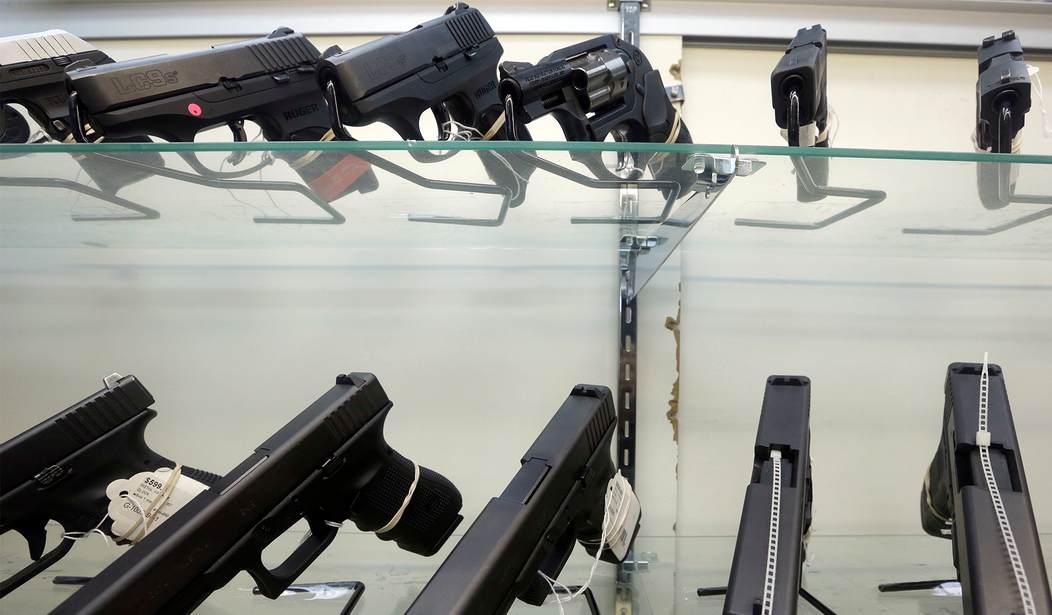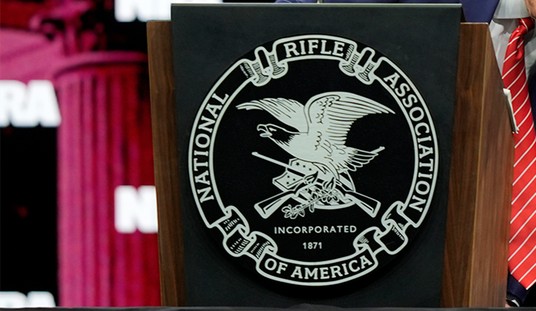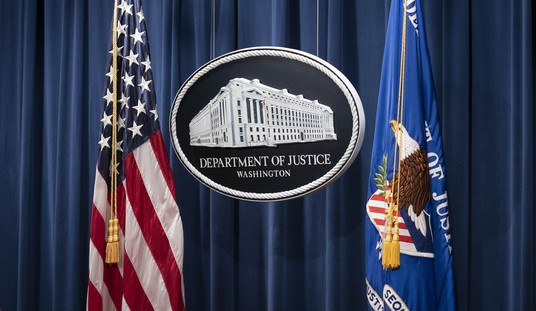In the gun debate, gun deaths tend to be one of the things we focus on. After all, if you’re saying you want to make people safer via gun control, you have to show they’re at some kind of risk to begin with.
Granted, most people don’t understand how gun deaths statistic work, but that’s still where we debate.
And for those looking to push gun control, it makes sense to make it sound as terrifying as humanly possible, which is just what a new report tries to do.
The gun violence epidemic in the United States was deadlier than ever in 2021, according to a new report from the Johns Hopkins Center for Gun Violence Solutions.
Both gun-related homicides and suicides reached record levels in 2021, leading to nearly 49,000 total firearm deaths.
Firearm-related deaths soared during the first year of the Covid-19 pandemic and spiked again in the second year. The 8% jump – leading to about 3,600 more deaths in 2021 than in 2020 – was the largest single-year increase in four decades.
“Our country is breaking records for all the wrong reasons – record gun sales combined with increasingly permissive gun laws are making gun violence a pervasive part of life in our country, leading to a sharp increase in gun deaths,” Ari Davis, policy adviser at the Johns Hopkins Center for Gun Violence Solutions and lead author of the new report, said in a statement.
Unsurprisingly, more than half of all these fatalities are suicides, which places like Johns Hopkins Center for Gun Violence Solutions love to lump together, all while pushing policies that will do nothing to reduce suicides.
But are they right?
Well, I don’t have the ability to examine the raw data itself, but it looks like they are. Sort of.
First, grouping suicides with homicides is little more than an attempt to inflate the raw number in and of itself.
Further, they’re talking about the total number of gun deaths. They’re not accounting for the overall population’s size. That’s why rates are given per capita. It allows us to get more of an apples-to-apples comparison.
A total number of gun deaths that might be a record today in total numbers may well represent a much lower gun death rate compared to thirty years ago when the overall population was smaller.
And in the 1990s, the homicide rate was much, much higher than it is even in 2021.
Yet I can’t help but feel like the folks at Johns Hopkins knows how this will confuse the general public and are counting on it. This is a “center” that doesn’t so much push an anti-gun narrative as help craft it through heavily biased studies like this.
The numbers themselves are what they are, but the framing of those numbers is specifically designed to make people think we have a violence problem.
Acknowledging the suicides is fine–if not, someone would have done it for them, after all–but failing to frame it in a way that makes it useful for comparison to previous years is a dirty, underhanded effort to muddy the waters.
Suicides and homicides come from different root causes and everyone with half a brain knows it. Then again, people with half a brain aren’t trying to equate gun death totals as meaningful in any way.








Join the conversation as a VIP Member